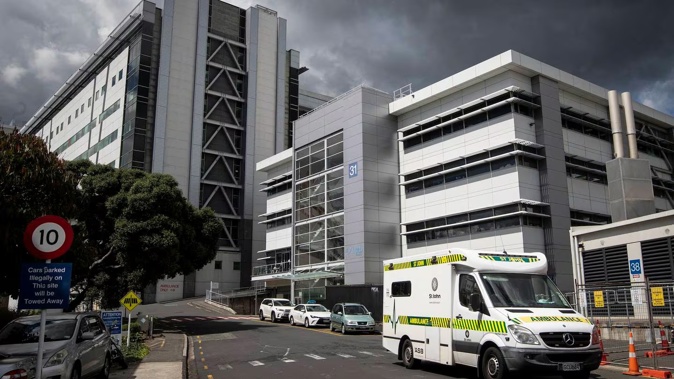
Pacific people are again being disproportionately hospitalised with Covid-19 in New Zealand’s summer wave, prompting fresh pleas for intervention from health experts.
Te Whatu Ora data indicates that, since the wave began about two months ago, Pasifika had the highest average rates of daily hospital admissions with the virus per 100,000 people.
Already over-represented in case, hospitalisation and mortality statistics so far in the pandemic, Pacific people were being admitted to hospitals at rates some 50 per cent higher than those of European ethnicity.
“And that’s before you account for age,” Covid-19 modeller Professor Michael Plank said.
“As the Pacific population is younger, the fact we’re seeing significantly higher hospitalisation rates indicates this wave really is impacting Pacific people disproportionately.”
Modellers have previously estimated Māori and Pacific people were 2.5 and three times more likely respectively to need hospital care for Covid-19, because of a complex mix of factors.
These communities are more likely to have underlying health conditions, larger households and poorer access to healthcare – the result of decades of systemic inequity.
Plank said a “regional effect” may also have contributed to the current high hospitalisations among Pacific people, “but all parts of the country have been seeing a wave, to some extent”.
Otago University epidemiologist Professor Michael Baker said that, by age, hospitalisation numbers in New Zealand’s main waves had been invariably highest for those in their 70s, 80s and 90s, as was being seen again in the current surge.
Rates by ethnicity were harder to compare, he said, given they needed to be adjusted for population age structures.
- Fifth Covid wave hits new high as Govt looks at ending free RATs
- Summer Covid wave: 'We may see more peaks'
“Pacific hospitalisation rates were much higher than other ethnic groups during the first and third waves and are now somewhat higher in this fifth wave.”
Otago University epidemiologist Professor Michael Baker.
While more investigation would be needed to confirm whether this increase was an important difference, Baker said a full-year analysis of 2022′s data showed Pacific and Māori peoples both had “significantly” higher age-adjusted hospitalisation rates.
“There are multiple potential contributing factors, including higher levels of household crowding and a higher proportion of Pacific people living with co-morbidities and chronic conditions.”
It was important that health agencies regularly reviewed case data to pinpoint factors driving ethnic differences, including vaccine coverage, he said.
“This information could be used to identify actions that can be taken to address these inequities, such as more vigorous promotion of vaccines for older Pacific people.”
Associate Professor Dianne Sika-Paotonu, an immunologist who heads Otago University’s Wellington Pacific Office, said tailored, targeted, equity-based approaches remained important.
“These will help reduce barriers and also help people get access to the healthcare and support services that are needed, at the time they’re needed.”
More broadly, she said measures such as antivirals, boosters, masks and tests could all help minimise spread and manage outbreaks.
Take your Radio, Podcasts and Music with you

/cloudfront-ap-southeast-2.images.arcpublishing.com/nzme/HFUVMCQ2YBCFJDIKTTHA2TAFSA.JPG)








